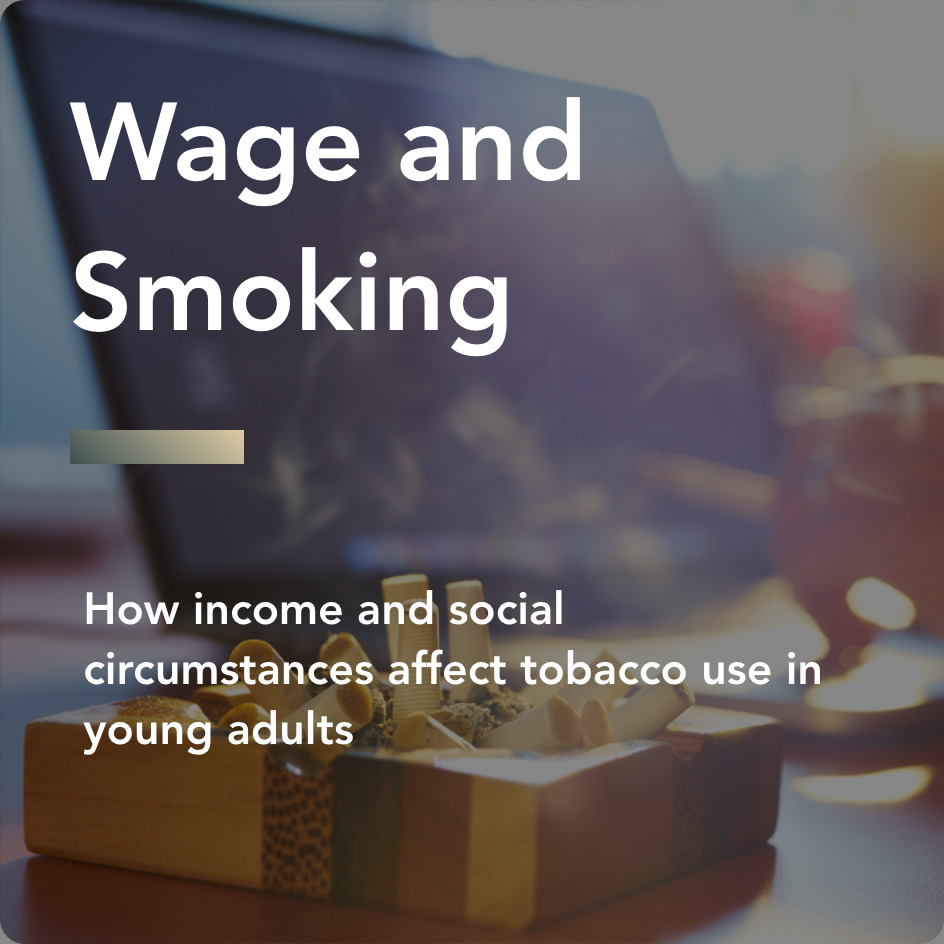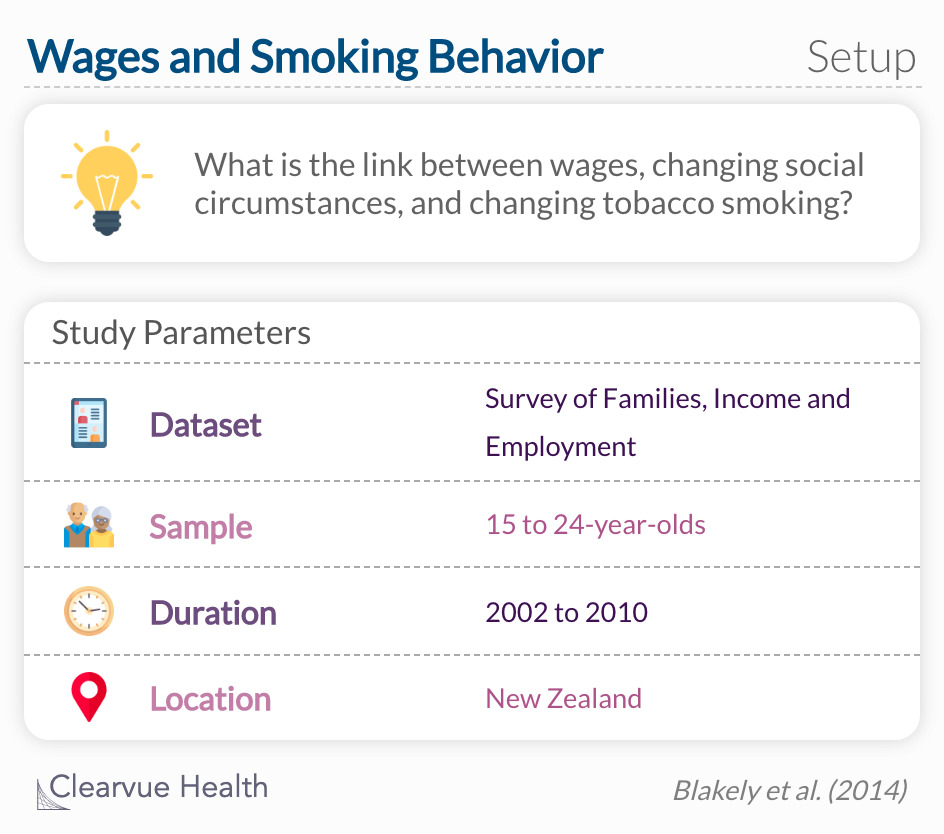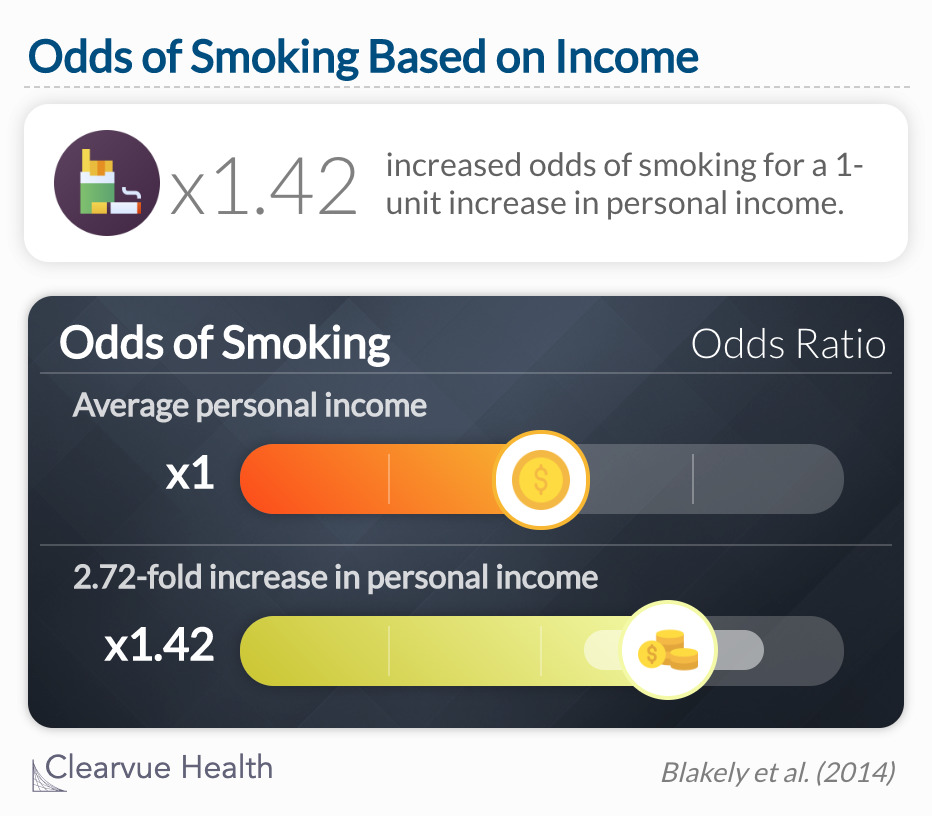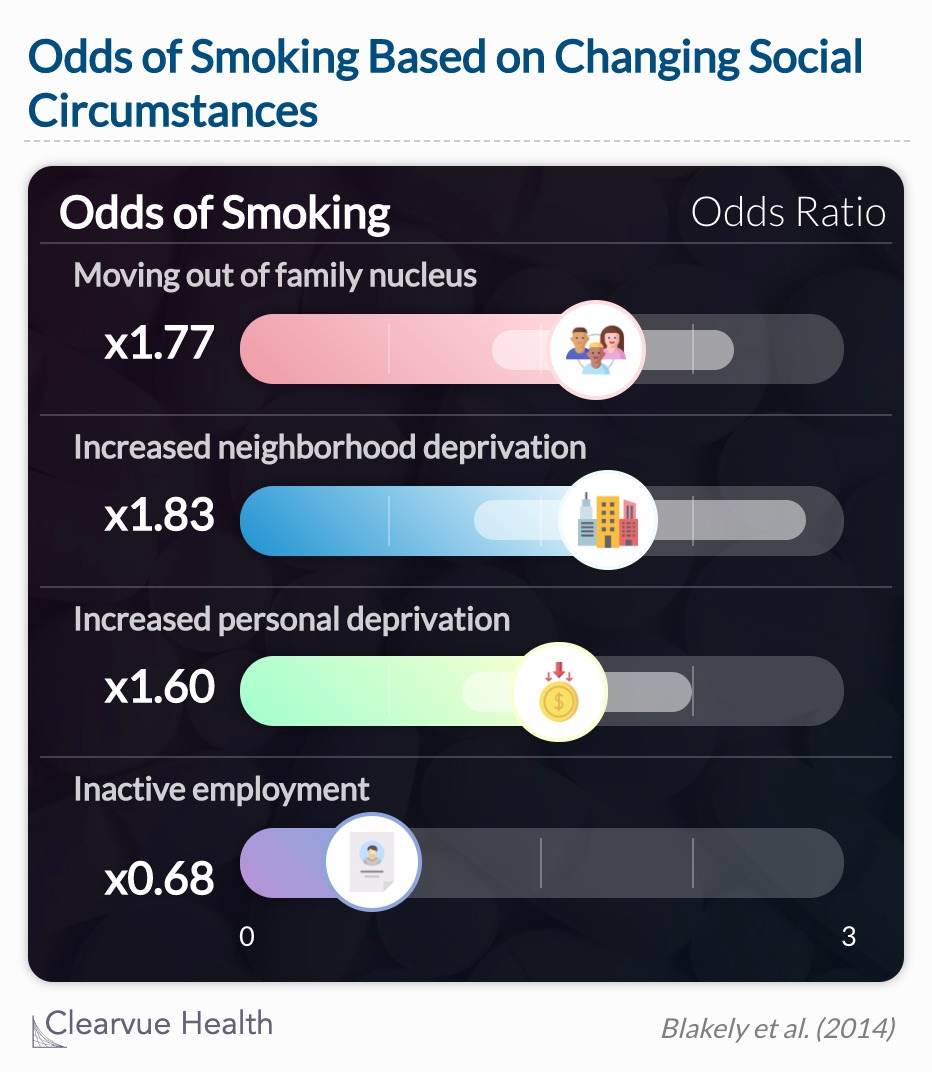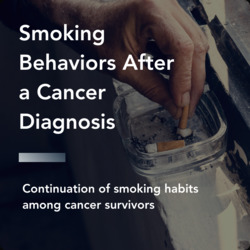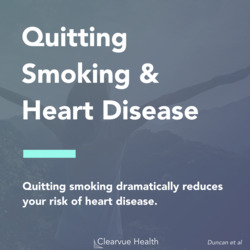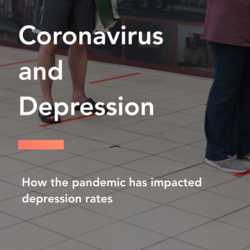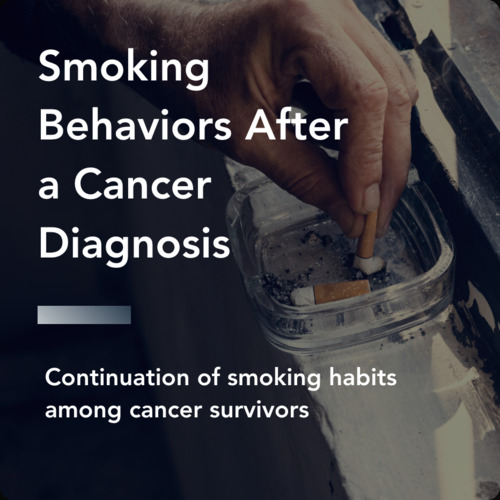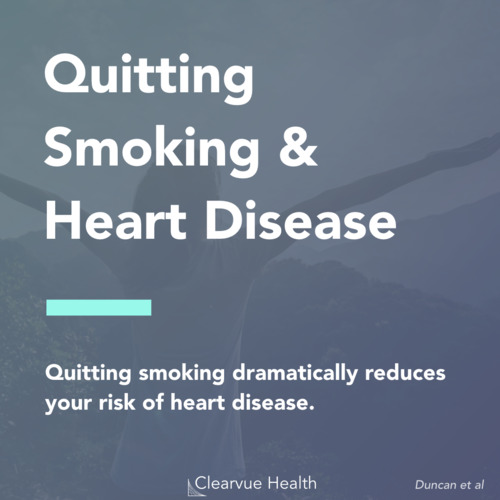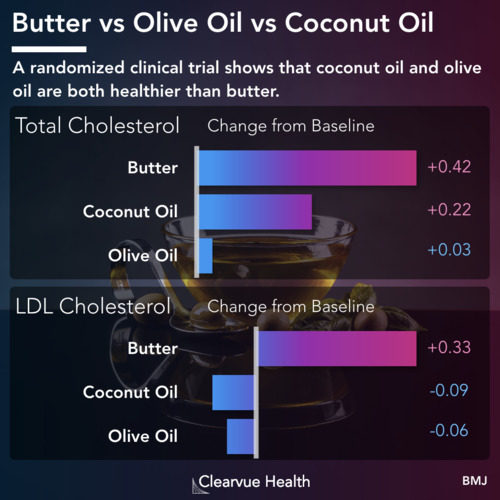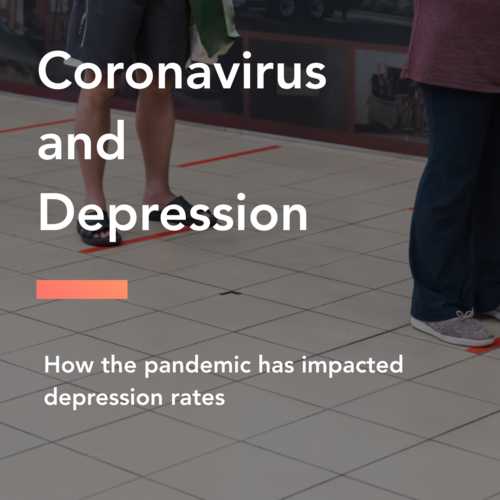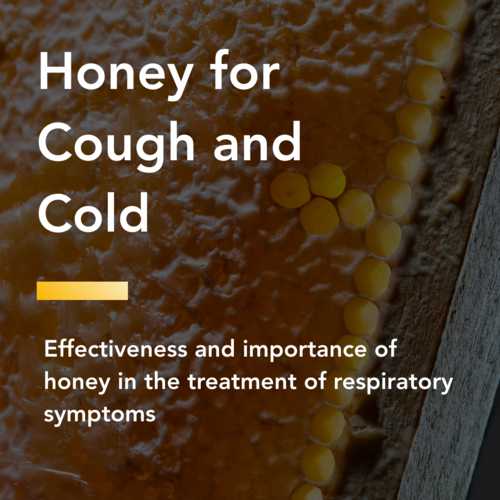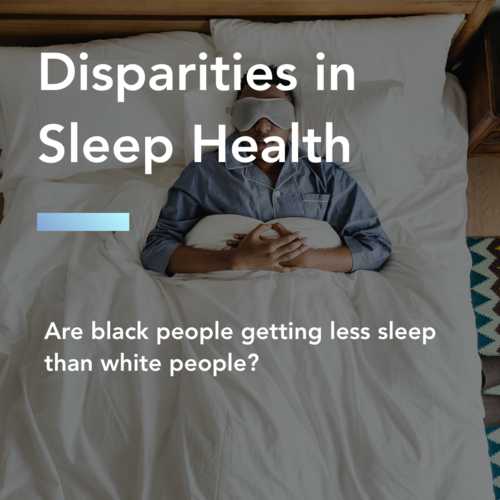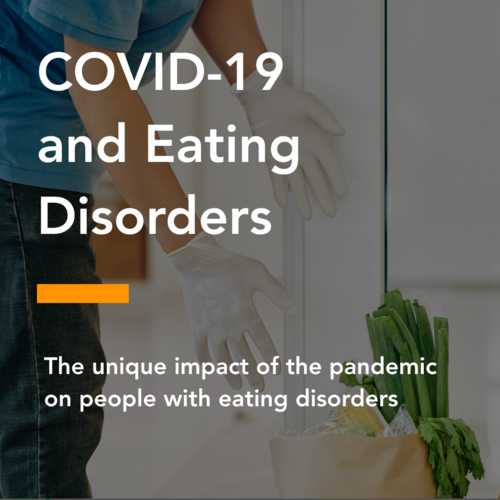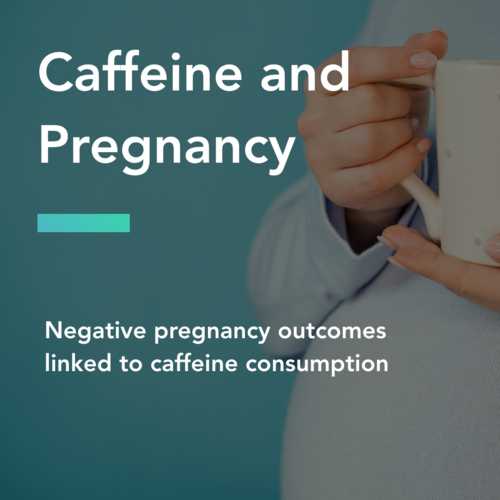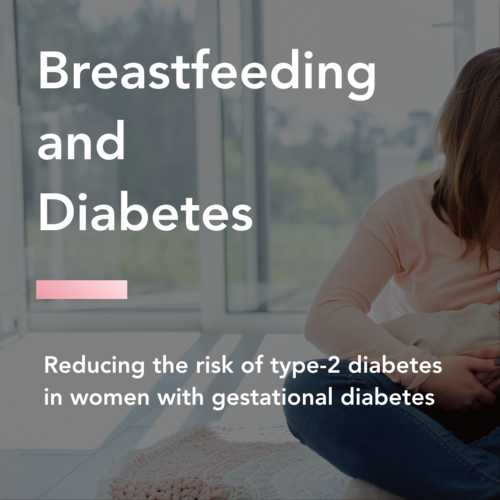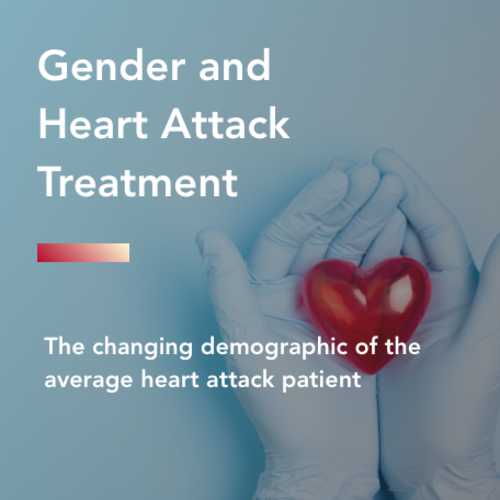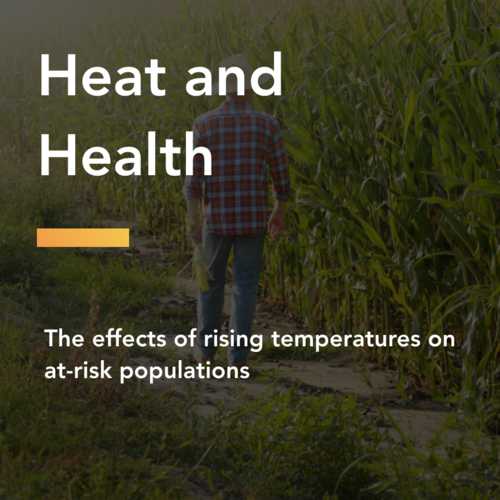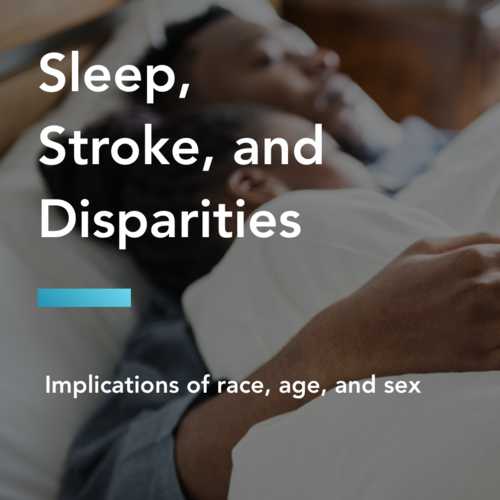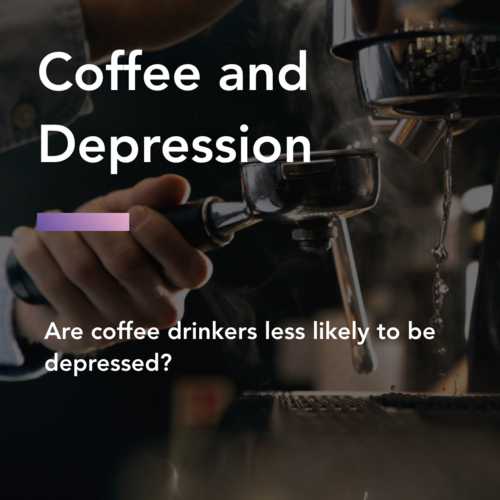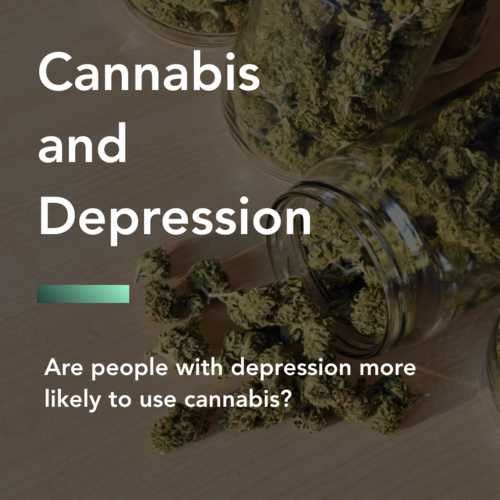wage and smoking: how income and social circumstances affect tobacco use in young adults
Similar to alcohol consumption, tobacco smoking can be physiologically linked to a wide range of diseases. Tobacco is a major and persistent threat to public health. There are numerous public and private organizations solely dedicated to reducing the prevalence of tobacco smoking. A key role of these organizations and those who study tobacco behavior is understanding the factors the increase and decrease smoking risk.
Smoking habits after leaving the family home
A surprising factor associated with smoking habits is income and employment. Understandably, young adults who enter the working world are at a pivotal time in their lives for adopting new health behaviors. Researchers in New Zealand conducted a study to explore the link between wages, changing social circumstances, and changing tobacco smoking.
What is the link between wages, changing social circumstances, and changing tobacco smoking?
Source: Do changes in income, deprivation, labour force status and family status influence smoking behaviour over the short run? Panel study of 15,000 adults
Data for this study came from a large survey of 15,000 adults in New Zealand. A subsample of 15 to 24-year-olds was followed between 2002 and 2010. All participants provided information about their family life, wage, and employment status. This data was compared to reported smoking behaviors.
The only statistically significant interaction was with
personal income (p<0.001), whereby a one-unit increase in the
log of personal income (a 2.72-fold increase in personal
income) was associated with a 1.42 increased odds of smoking
among 15–24-year-olds (95% CI 1.16 to 1.74)
Statistical analysis revealed that an increase in personal income also increased a young adult's odds of smoking. This same association was not significant in any other age group. This tells us that the risk of changing smoking behaviors is higher in young adults who first begin full-time employment and financial independence.
Moving out of a family
nucleus, increasing neighbourhood deprivation (eg, 1.83-
fold (95% CI 1.18 to 2.83) increased odds of smoking
for moving from least to most deprived quintile of
neighbourhoods), increasing personal deprivation and
moving into employment were all associated with
increased odds of smoking.
Researchers also looked at the specific social circumstances of young adults who do and do not smoke. They found that young adults who moved out of a family home and into a situation where their personal income and living quarters were in a lower class than their parents had an increased odds of smoking. This supports the earlier assumption that young adults are more susceptible to changing smoking behaviors because these social circumstances are unique to their age group.
“
This paper suggests that improving social circumstances is not always pro-health over the short run.
BMJ Tobacco Control
Final thoughts
Let's say that a young adult's parents do not allow smoking in their house. The young adult would have had limited exposure to cigarettes in their living space, where they spend a lot of their time. Once the young adult moves out, they no longer live under the regulations of their parents. Activities like smoking and drinking became more accessible, especially to a young adult with an income.
When discussing neighborhood deprivation, we must also discuss targeted marketing. Advertisements for tobacco products are strikingly more common in low-income neighborhoods and on public transportation. Moving into a low-income neighborhood from a family residence in a nicer area exposes a young adult to influential tobacco marketing tactics they probably haven't seen before.
